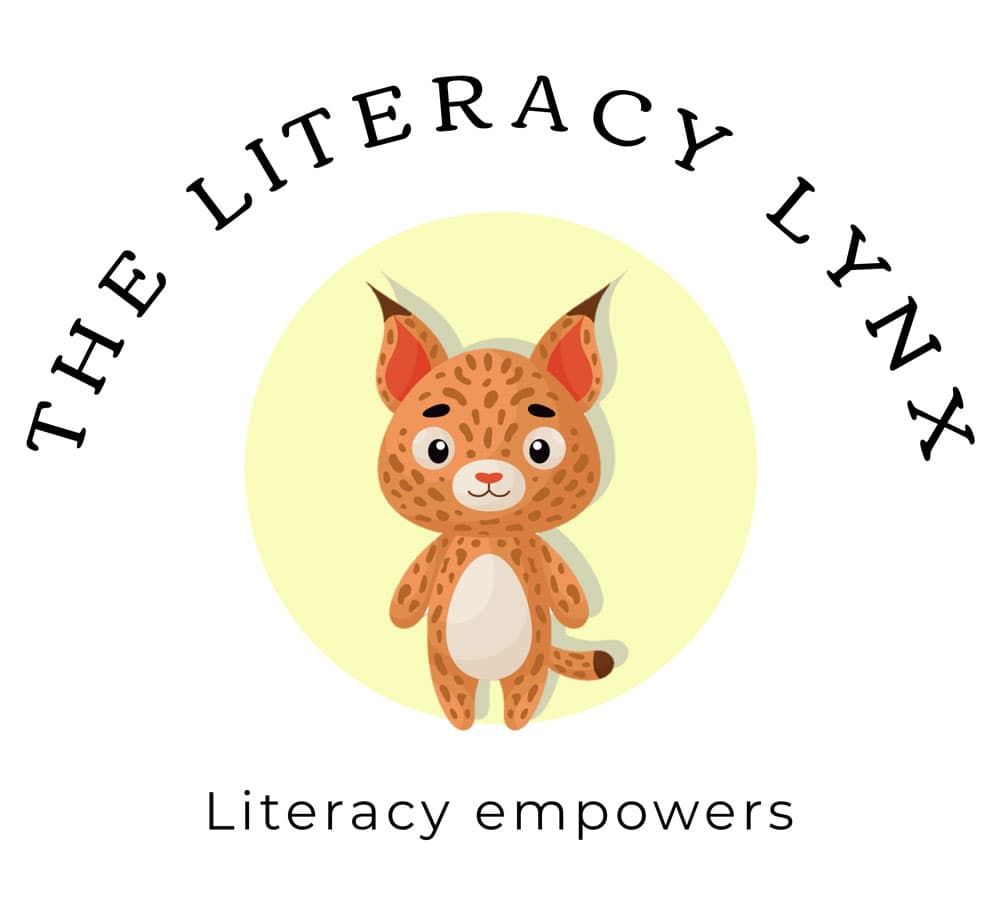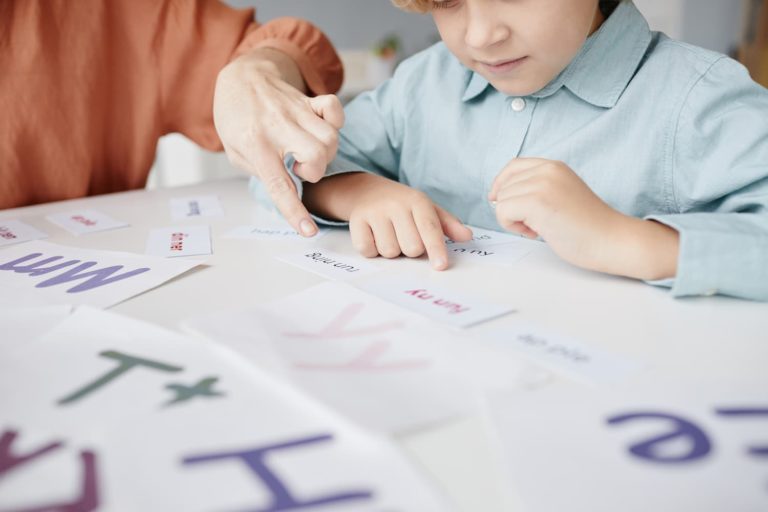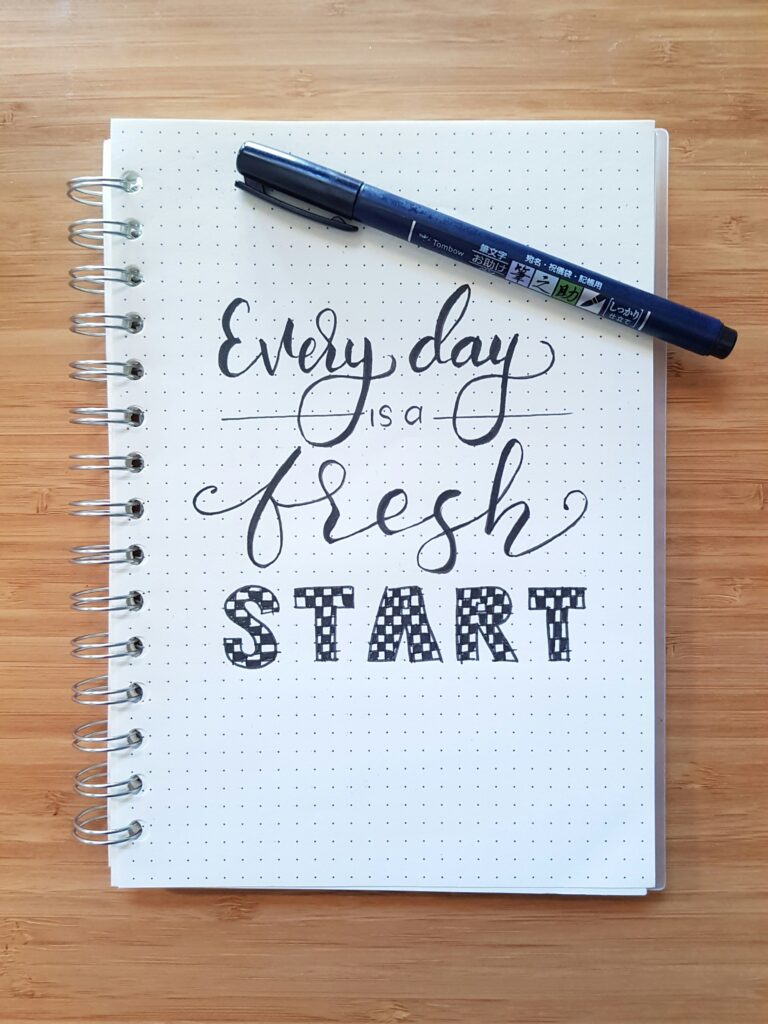Synthetic Phonics – Recap
At the end of my post What is Synthetic Phonics? I mentioned that my next six posts would begin with the one of the first six sounds that are generally taught to children when a synthetic phonics approach to the teaching of reading is employed. I chose the word Simplicity for the /Ss/ sound, Accept for the /Aa/ sound, Time for the /Tt/ sound, Place for the /Pp/ sound, Inspiration for the /Ii/ sound and Nature for the /Nn/ sound.
These first six sounds enable many two and three letter decodable words to be made, and they also provide the opportunity for children to practise the essential skills of blending and segmenting. So, what comes next?
A synthetic phonics program will systematically continue to teach the remaining initial consonant and short vowel sounds in quick succession. The order may vary slightly from program to program but the aim is to continue to make two, three, and later, four letter decodable words, and to provide children with the opportunity to practise their skills and to apply their knowledge.
Words that are not decodable, and often referred to as ‘sight words’, ‘look and say’ words or ‘tricky’ words, are also introduced in a systematic way. These might include words such as a, is, the, to, he, she, for example. The introduction of these words allows real sentences and stories to be made and read, which provides the opportunity for children to apply their knowledge and practise the essential skills of reading. The number of sight words taught are kept to a minimum, however, as the emphasis is on teaching decoding and the skills of blending, segmenting and phoneme manipulation, not on the ability to rote learn.
The English language is difficult, and I believe that a synthetic phonics program, when followed precisely and taught as intended, provides the best opportunity for children to ‘crack the code’.
However, while I know this explicit teaching is essential, it only forms part of a literacy program. There are other aspects of early literacy that must also be addressed in order to provide a balanced literacy program, including sharing and fostering a love of good literature.







